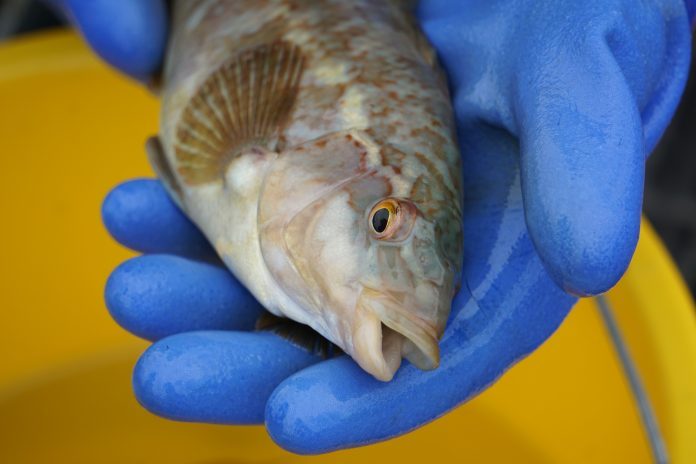The number of wrasse caught is not a major concern says Norwegian report.
The Institute of Marine Research (HI) in Norway has released a risk report addressing the current status and concerns surrounding wrasse fishing in Norwegian waters.
The report indicates that the number of wrasse caught is not a major concern, but the relocation of these fish across large geographical distances poses potential risks.
According to researcher Nina Sandlund, relocating local wrasse can expose them to new diseases and genetic influences. Genetic studies in Trøndelag have shown crossbreeding between local fish and those with genetic origins from the Skagerrak area, attributed to transport and escape from breeding facilities.
In Western Norway, a catch quota of 10 million wrasse was set last year, and in Southern Norway and areas north of 62° north, a 4 million fish quota was established. These quotas have been continued into the current year. Researcher Anne Berit Skiftesvik noted that the catch in Western Norway met the quota, while numbers were slightly lower in other regions.
Wrasse, including species like green gilthead and rock bill, are used in fish farms as cleaner fish to remove lice from salmon. Concerns about the population of certain wrasse species have been mitigated by introducing higher minimum and maximum size targets for fishing.
Skiftesvik emphasized the importance of minimum size targets for each wrasse species, ensuring they reach sexual maturity. A maximum target has also been set for mountain gilt, a species that changes sex and plays a crucial role in egg protection.
However, there is high mortality among wrasse used in fish farms.
Changes in wrasse species usage could impact future quota recommendations and risk assessments. The season for catching wrasse starts in mid-July, and decisions on species usage in farms in Norway are yet to be finalized. The HI provides advice on sustainable fishing levels to prevent stock depletion.

